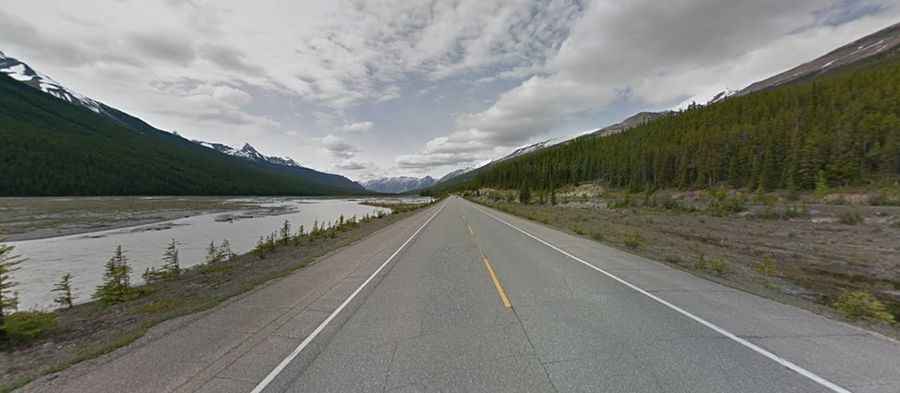Driving the Icefields Parkway in the Canadian Rockies
Located in the Alberta province of Western Canada, Icefields Parkway is the name of a very rewarding drive through big mountains, glaciers, and deep blue lakes. It’s one of the most scenic drives in the world.

How long is the Icefields Parkway from Jasper to Lake Louise?
Set high in the Canadian Rockies, the road is 231 km (144 miles) long. It runs north-south from Jasper (an alpine town and the commercial center of Jasper National Park) to Lake Louise (a hamlet in Banff National Park). Starting on the fringe of the Great Plains and climbing through the incomparable mountain scenery of Banff and Jasper National Parks, this magnificent drive—one of the crown jewels of western Canada—combines exhilarating vistas of forest, crag, and glacier.
Is Icefields Parkway paved?
The road, also known as AB-93, is totally paved and mainly a double-lane highway with occasional passing lanes. It was built in 1940.
Is the Icefields Parkway open?
Amid the snow-capped Canadian Rockies, the road tops out at Bow Pass at 2,088m (6,850ft) above sea level. Sunwapta Pass is the second-highest point at 2,069m (6,788ft) ASL. The highway is typically open all year round, with occasional closures in winters due to dangerous weather conditions. Winter comes early at high elevations, and lingers late. Snow tires and winter driving skills may be necessary on the Icefields Parkway as early as mid-October, and as late as early May. In the winter time, expect temporary closures (up to 3 days) after heavy snowfalls as crews clear the highway of snow and avalanche debris. Check conditions before you go. Rain can fall as snow any month of the year. Note that, while the road is open, all facilities along it are closed in winter.
Is the Icefields Parkway worth it?
It’s rated as one of the top drives in the world. This world-class journey offers access to pristine mountain lakes, ancient glaciers, exciting wildlife, and broad sweeping valleys. This special travel route winds its way through the national parks of Banff and Jasper, boasting a unique and irreplaceable landscape rich in history and natural beauty second to none. To travel this drive is to experience one of Canada's national treasures and most rewarding destinations. It is best traveled by car, although it’s not unusual to see travelers hiking or cycling the distance. Around every turn on the Icefields Parkway reveals another one of nature’s splendors; from the ancient glaciers at the Columbia Icefields to the mind-blowing color of Peyto Lake, thundering waterfalls, and viewpoints that extend for miles. More than a drive, the Icefields Parkway is a journey through natural history and captivating landscapes, dotted with more than 100 ancient glaciers, cascading waterfalls, dramatic rock spires, and emerald lakes set in sweeping valleys of thick pine and larch forests. Along the stretch, bighorn sheep, deer, black bears, and coyotes are frequently spotted. Wolves, grizzlies, and goats less so.
How long does it take to drive the Icefields Parkway?
It’s one of the most beautiful journeys on the planet and deserves extra time and a bit of planning. The parkway is busy in July and August with up to 100,000 vehicles a month. Plan a meal for your drive, fuel up in Lake Louise or Jasper, check road reports (if traveling in the spring, fall, and winter). Head out early if you can to avoid traffic volume in the summer and improve your chances of seeing wildlife. The parkway crosses high country parallel to the Continental Divide, crossing two mountain passes and countless avalanche paths. Conditions can change at any time and services along the route are limited, especially during the winter. In the summer, travelers should pack four-season clothing and prepare for the unexpected. It's a minimum of 3-5 hours driving time, not accounting for any stops along the way. Give yourself a full day to travel one-way, but you’ll want to spend at least a full day or two exploring the sights along its route.